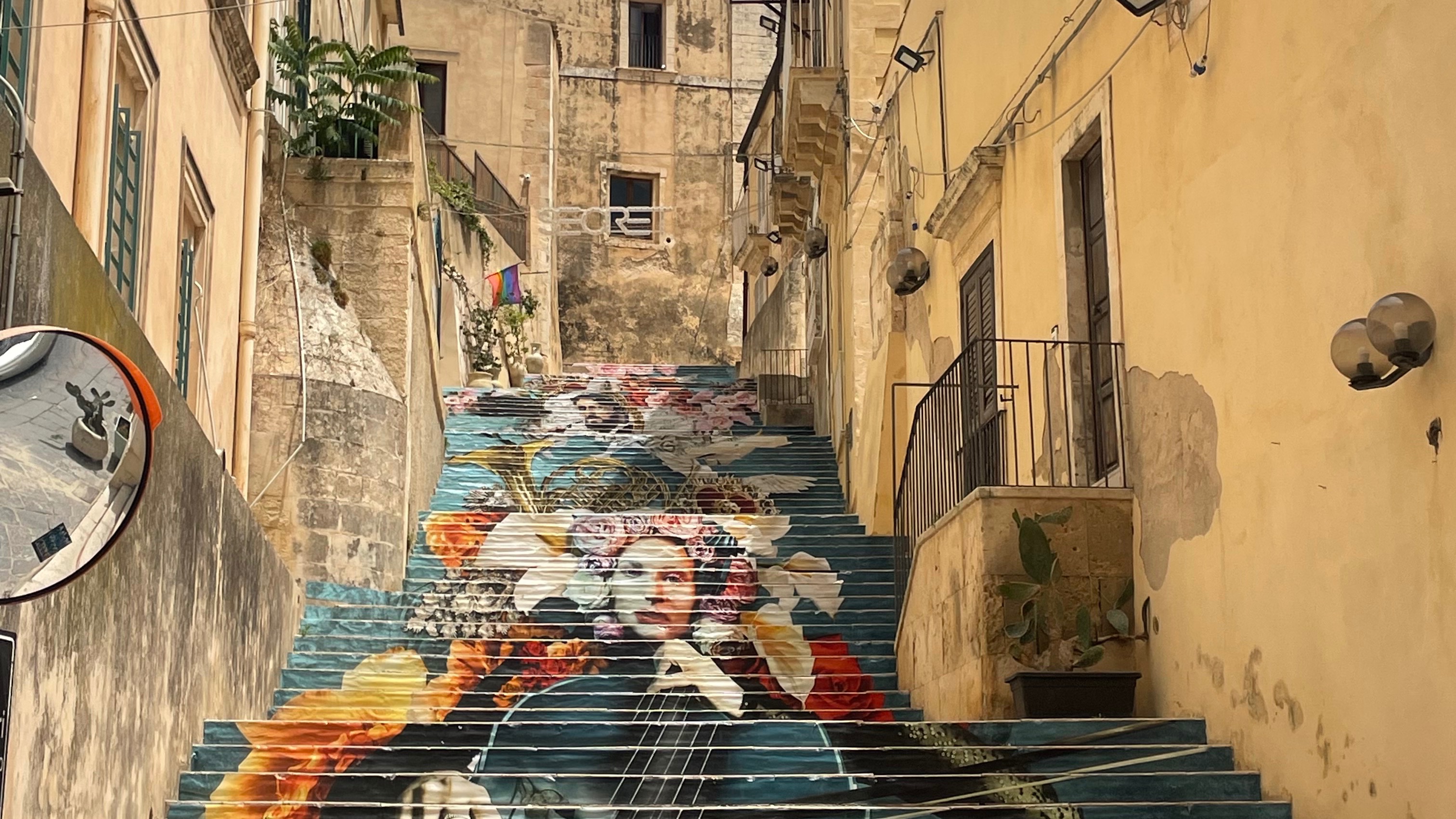On the evening of June 1, we finished our visit to Malta and took a Malta Airlines flight to Sicily, Italy from the airport.
The original plan was to take a ferry from Malta to Sicily, but we were informed a month ago that our scheduled ferry from Malta to Sicily had been canceled, leaving only the early morning ferry.
Manager Li from the Beijing travel agency urgently communicated with us after learning this news before we departed from Beijing. There were two solutions to this problem: one was to change to the 10:00 AM flight from Malta to Sicily; the other was to take the 10:20 PM flight from Malta to Sicily that same day.
Both itineraries had their pros and cons.
Taking the morning flight was not tiring, but it would sacrifice our last day of sightseeing in Malta, effectively reducing our time in Malta by one day.
If we took the evening flight, we would arrive in Sicily close to midnight, and after getting off the plane, we would still have to take a one-hour drive to reach the hotel, which would be quite exhausting.
When Manager Li communicated with me, I felt quite troubled and couldn't make the decision, so I sought everyone's opinion in the WeChat group.
Except for a few people who were willing to take the morning flight, most chose the 10:20 PM flight, saying it was fine to arrive a bit late, and they could rest a little longer at the hotel the next day before heading out to explore.
In the end, we chose the 10:20 PM flight to Sicily when we left Malta.

That day, we took the 10:20 PM flight to Sicily, with a flight time of 40 minutes. Such short domestic flights in Europe are very punctual. After leaving the airport, the bus took us to the hotel, and it was nearly 1 AM.
We checked into a hotel called UNAHOTELS One Siracusa ****
Feeling a bit tired upon entering the hotel room, we went to bed early, and the next day we planned to depart for sightseeing at 11:30 AM.
June 2 was our first day of sightseeing in Sicily, and the planned itinerary for the day was:
Morning: Visit the city of Noto, a UNESCO World Heritage site, from Syracuse SIRACUSA-40KM-Noto--40KM--Syracuse. The architecture of the ancient city of Noto showcases the Sicilian Baroque style to perfection. The city is built radially around the cathedral. The buildings in Noto are made of local golden limestone, which presents a golden honey hue under the sunlight, so Noto is also known as the Golden City. The main essence of Noto's architecture is concentrated on Vittorio Emanuele Street, which is magnificent.
Afternoon: Return to the hometown of Archimedes--Syracuse SIRACUSA, which is also a filming location for the movie "Malèna." The main cathedral on the island of Ortigia in the old town was originally a temple of Athena, and in front of the cathedral is a large square, the same square where the female lead walked in the movie "Malèna." We will visit the Syracuse Cathedral, the magnificent Fountain of Arethusa, and in the afternoon, the ancient Greek theater and the Ear of Dionysius (which has excellent acoustics due to its ear-like shape, allowing even very soft sounds to resonate throughout the cave).
At 11:30 AM, after having breakfast and resting at the hotel, we set off, marking the beginning of our sightseeing in Sicily.
After arriving at the parking lot of the ancient city of Noto, we walked to explore the ancient city. As described in our itinerary, the exterior walls of the buildings are all uniform in that yellow color, and the steps of the cathedral are numerous and wide.
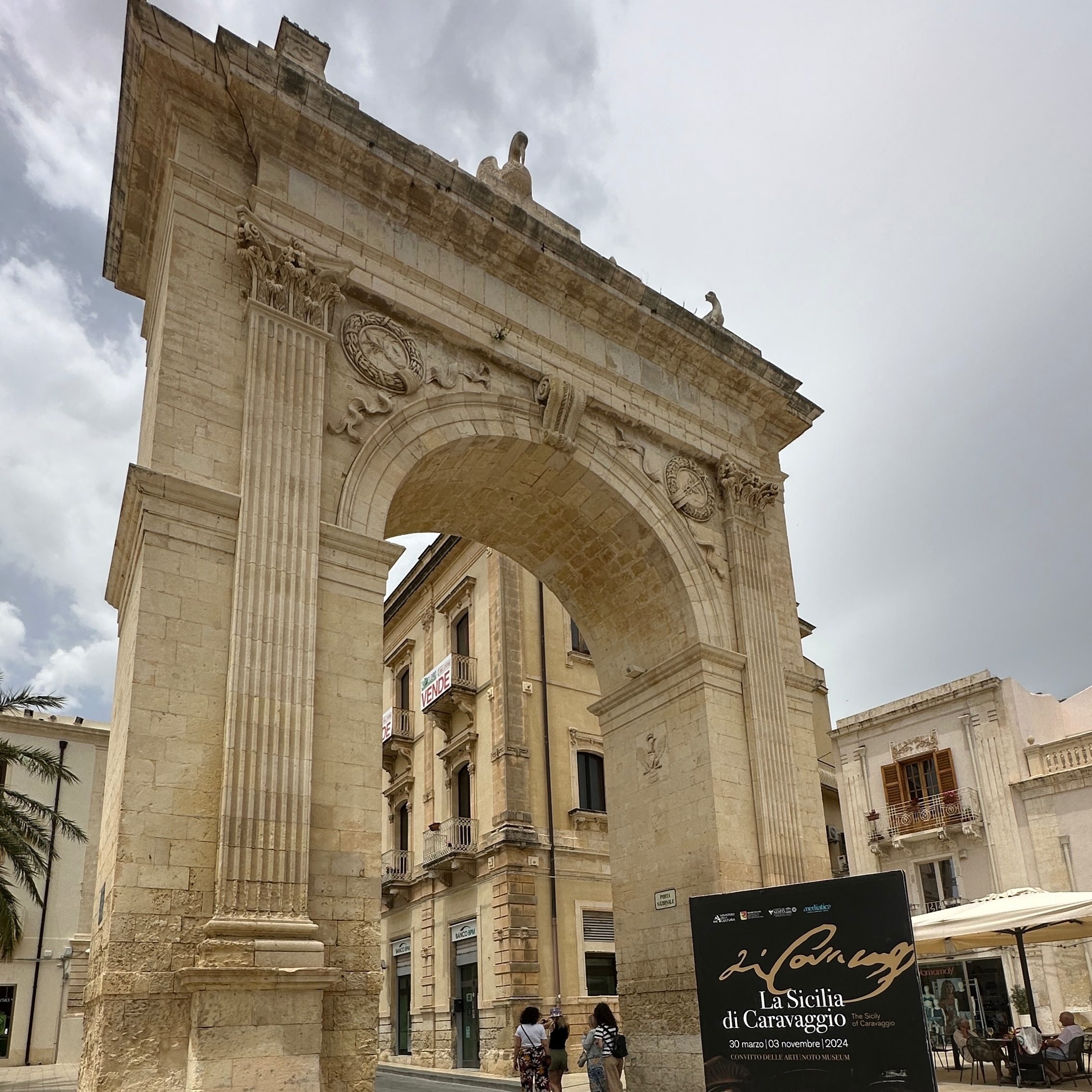
It is not as crowded with tourists as Valletta, the capital of Malta.
While in the ancient city, we encountered a sun shower; the sun was high in the sky, and it started to rain, but after a few minutes, the clouds passed, and the rain stopped.
Noto Cathedral is one of the most important buildings in Noto, with a history of over 300 years, and it is an unparalleled landmark in the city.
Other famous buildings in Noto include the Town Hall, the Opera House, etc., all located on the main street of the ancient city.
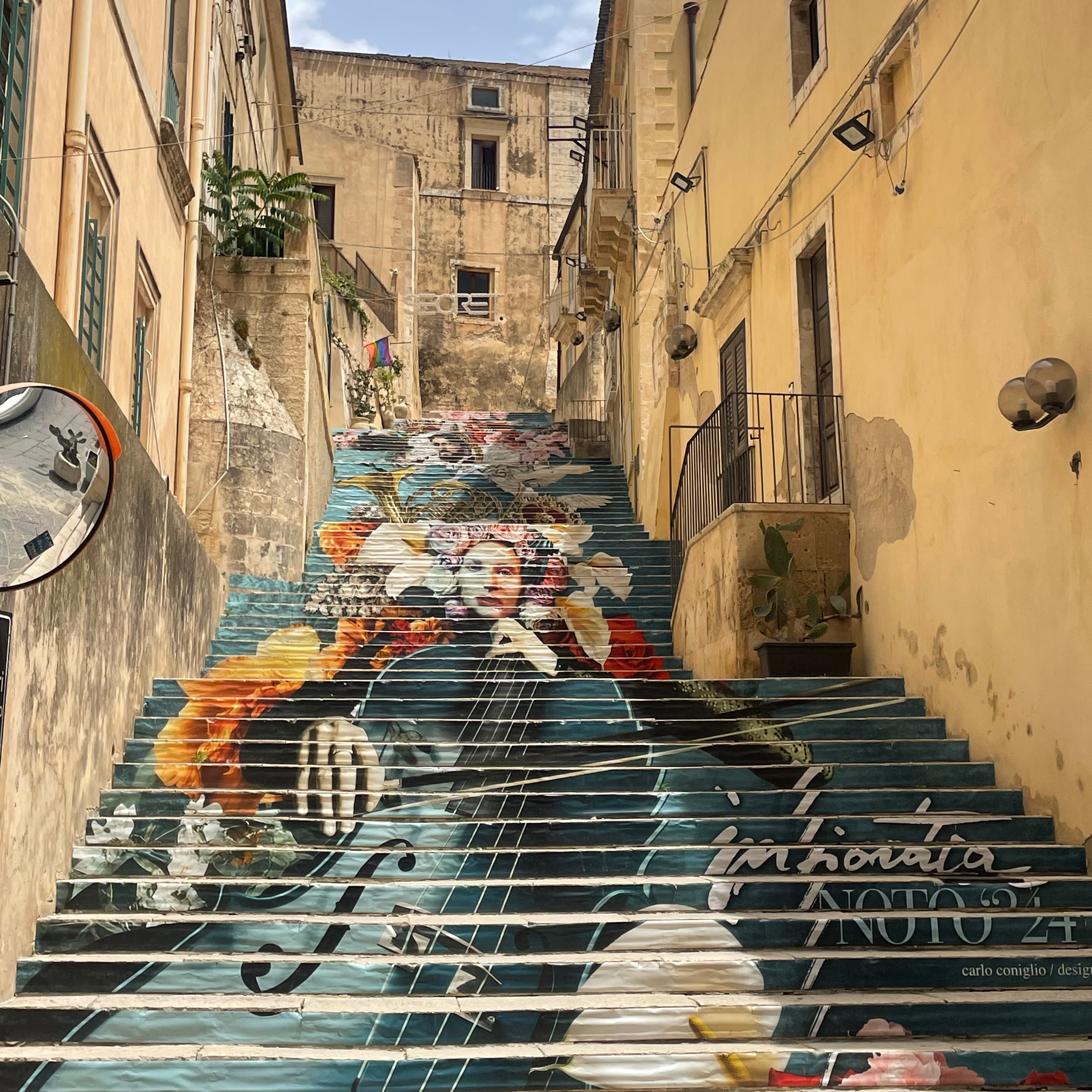
Noto is also famous for its specialty snack, orange rice balls.
This is a type of large round dumpling made by wrapping meat or vegetable filling in rice, then coating it in flour and frying it, resembling an orange. Hence, it is called orange rice balls. This was the first time I saw such a local specialty, and although it is called rice balls, it looks more like the cornmeal steamed buns we used to eat in China.


I tried it, and it wasn't very tasty, but later I often saw this rice ball being sold as fast food in other places in Sicily, and we occasionally bought it for lunch.
This is also a filming location for the movie "Malèna."
Since it was a bit tiring to travel from Malta to Sicily last night, we were not too rushed while exploring Noto, and we could also rest and chat on the benches next to the antique street.
This customized travel style is particularly suitable for us older people, allowing us to go when we want, stop when we want, eat when we want, and drink when we want.
The relaxed and leisurely tour of the ancient city of Noto chased away the fatigue from last night's journey.
After two hours of sightseeing, we left Noto and headed to the next stop.
Syracuse Archaeological Park.
Here, there is an ancient Greek theater and the Ear of Dionysius (which has excellent acoustics due to its ear-like shape, allowing even very soft sounds to resonate throughout the cave).
This cave is known as the "Ear of Dionysius," abbreviated as "Ear Cave."
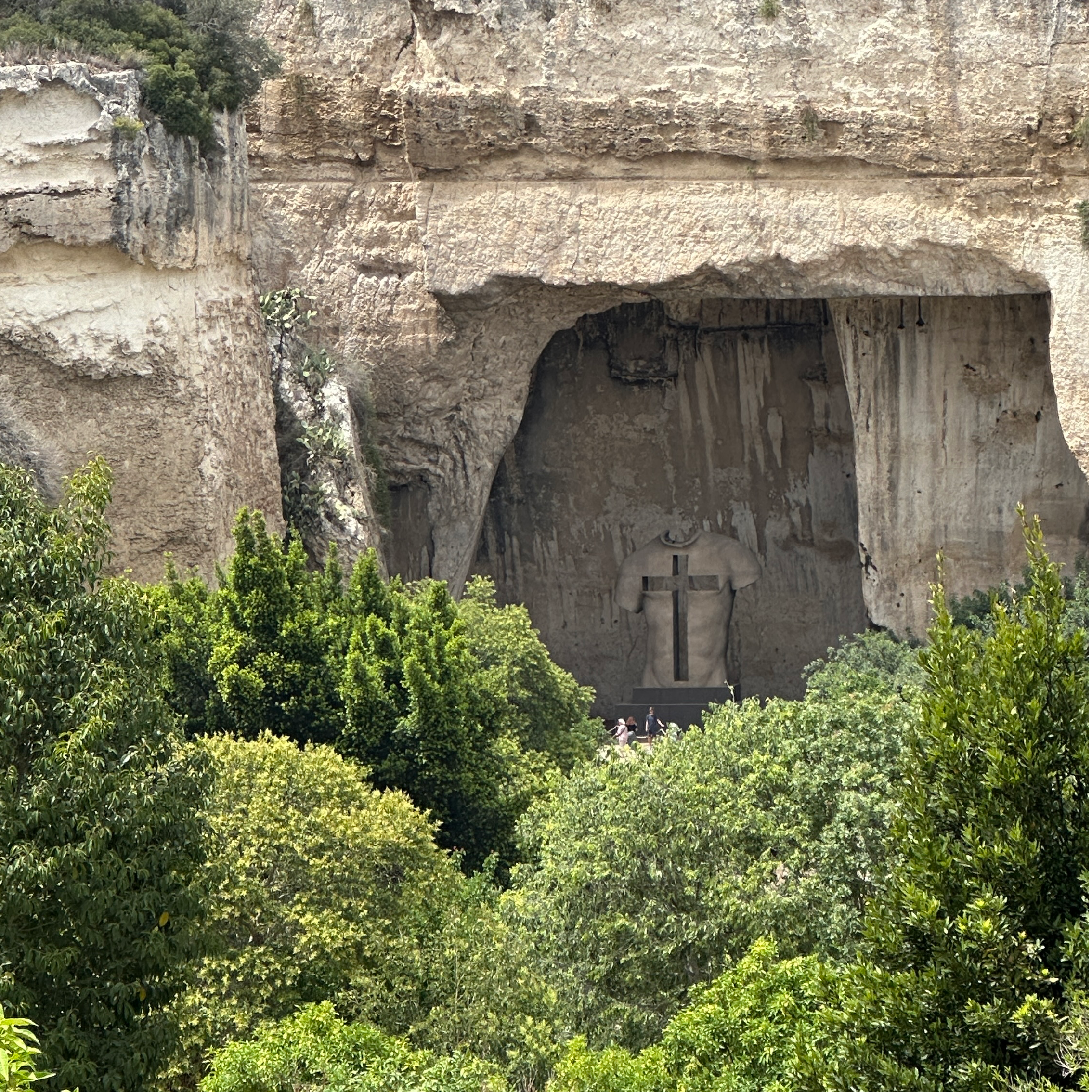
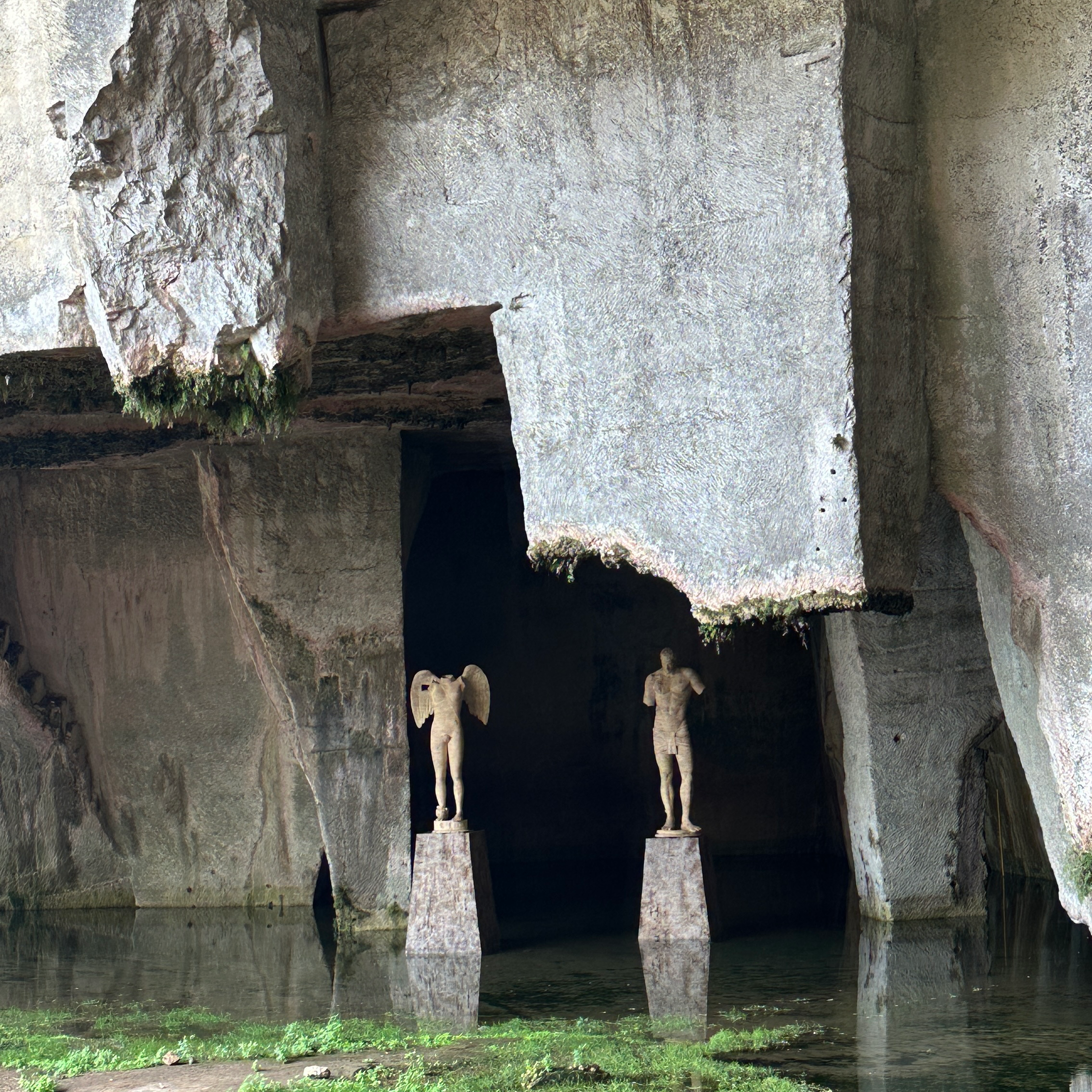
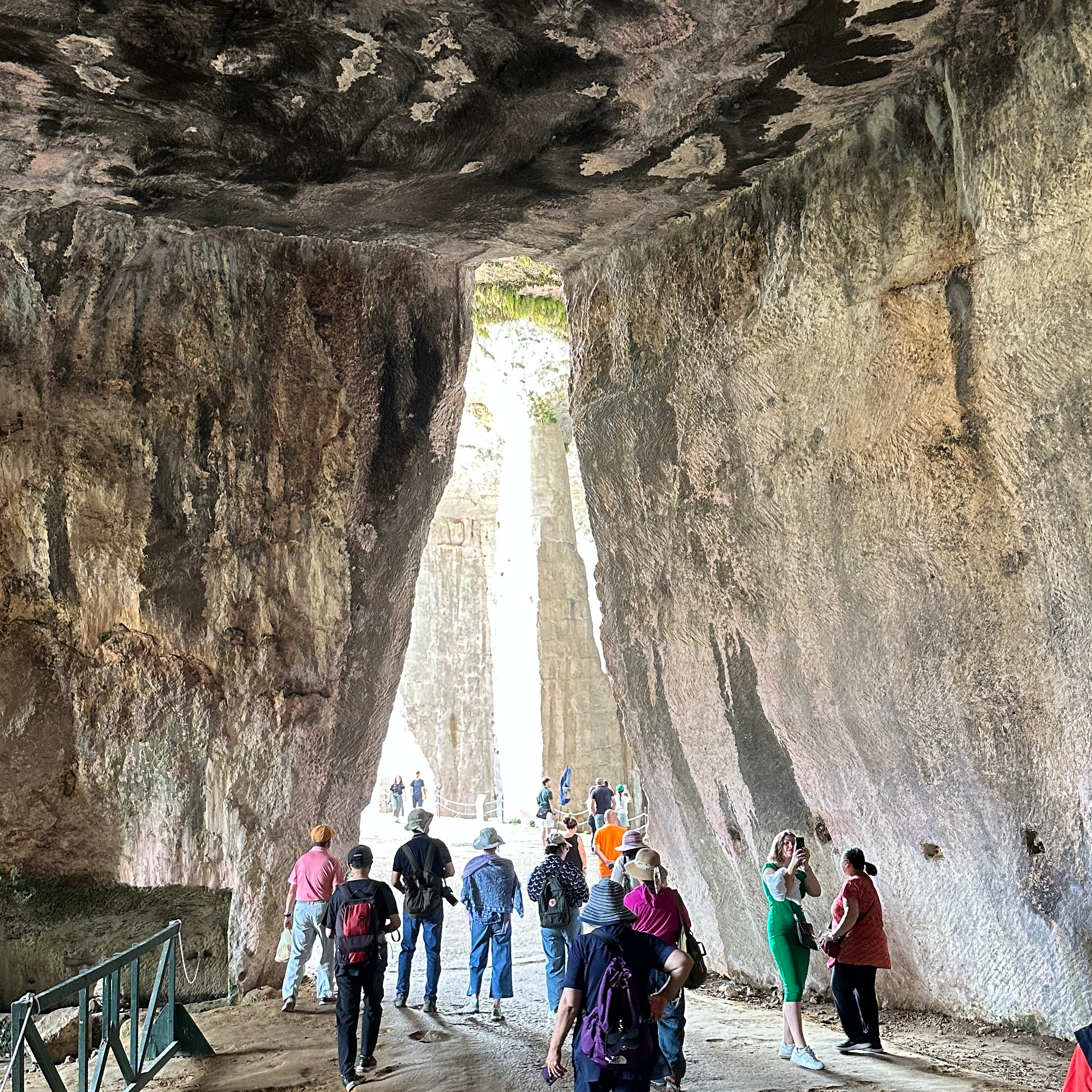
It is the most famous cave in Sicily, bar none.
The Ear Cave is an artificially excavated limestone cave, 23 meters high and 65 meters deep, with an S-shaped interior. Its shape allows sound to be amplified.
It is located in the ancient quarry beneath the ancient Greek theater in Syracuse Archaeological Park.
The Ear of Dionysius was named by the famous painter Caravaggio in 1586 because the shape of the cave resembles a cat's ear, hence the colloquial name "Cat Ear Cave." The clever ancient Syracusans excavated this cave based on acoustic principles, allowing everyone who speaks in the cave to sound like a soprano, with their voices amplified significantly.
It is said that the Dionysius who ordered the excavation of this cave was a tyrant of the Kingdom of Syracuse, who often used this acoustic effect to eavesdrop on prisoners' conversations. Another theory is that Dionysius built this cave to amplify the screams of prisoners during their torture.
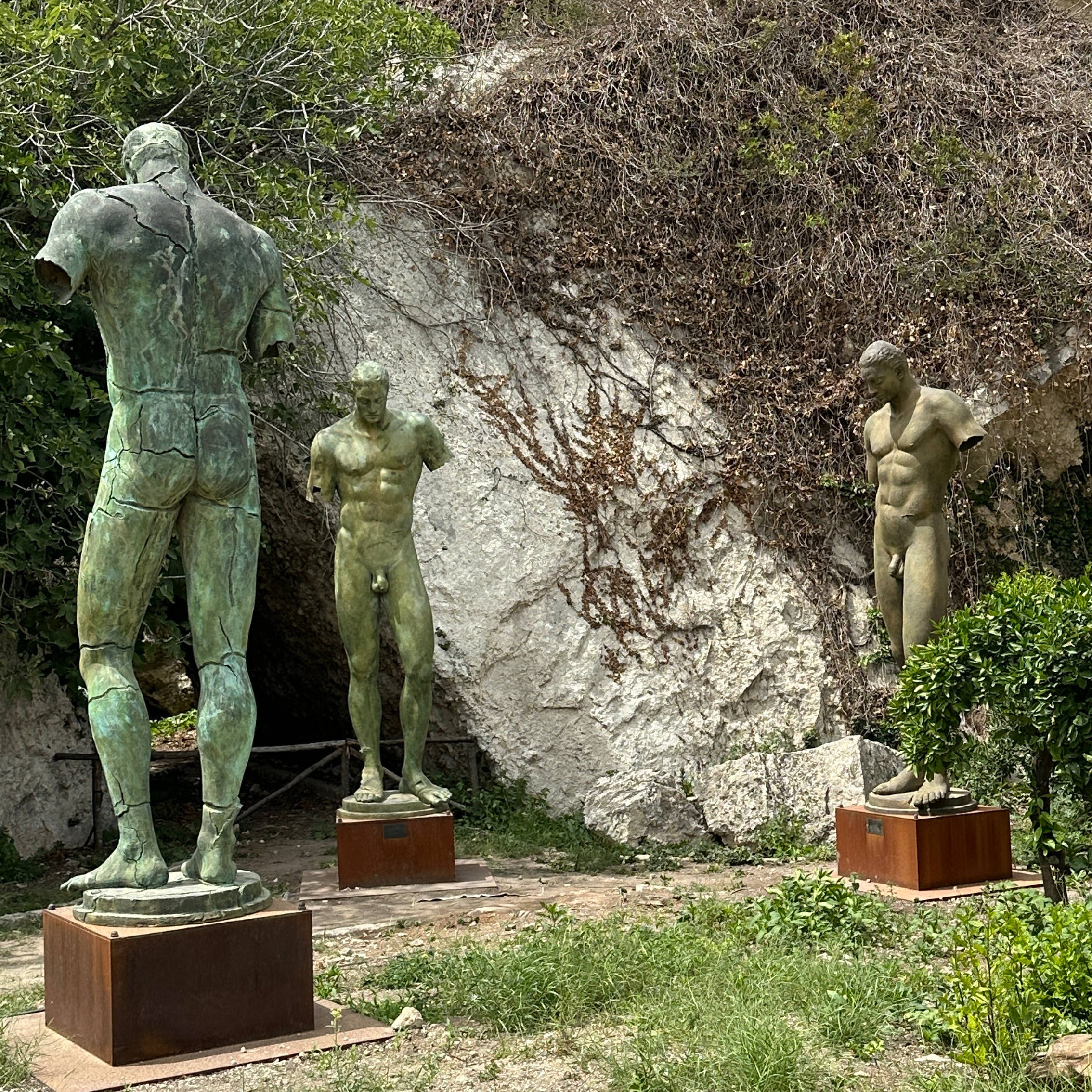
Between 432 BC and 367 BC, the city of Syracuse was said to have used this cave as a prison to monitor his captives. Seeing this scene during the visit was quite astonishing.
(To be continued)
